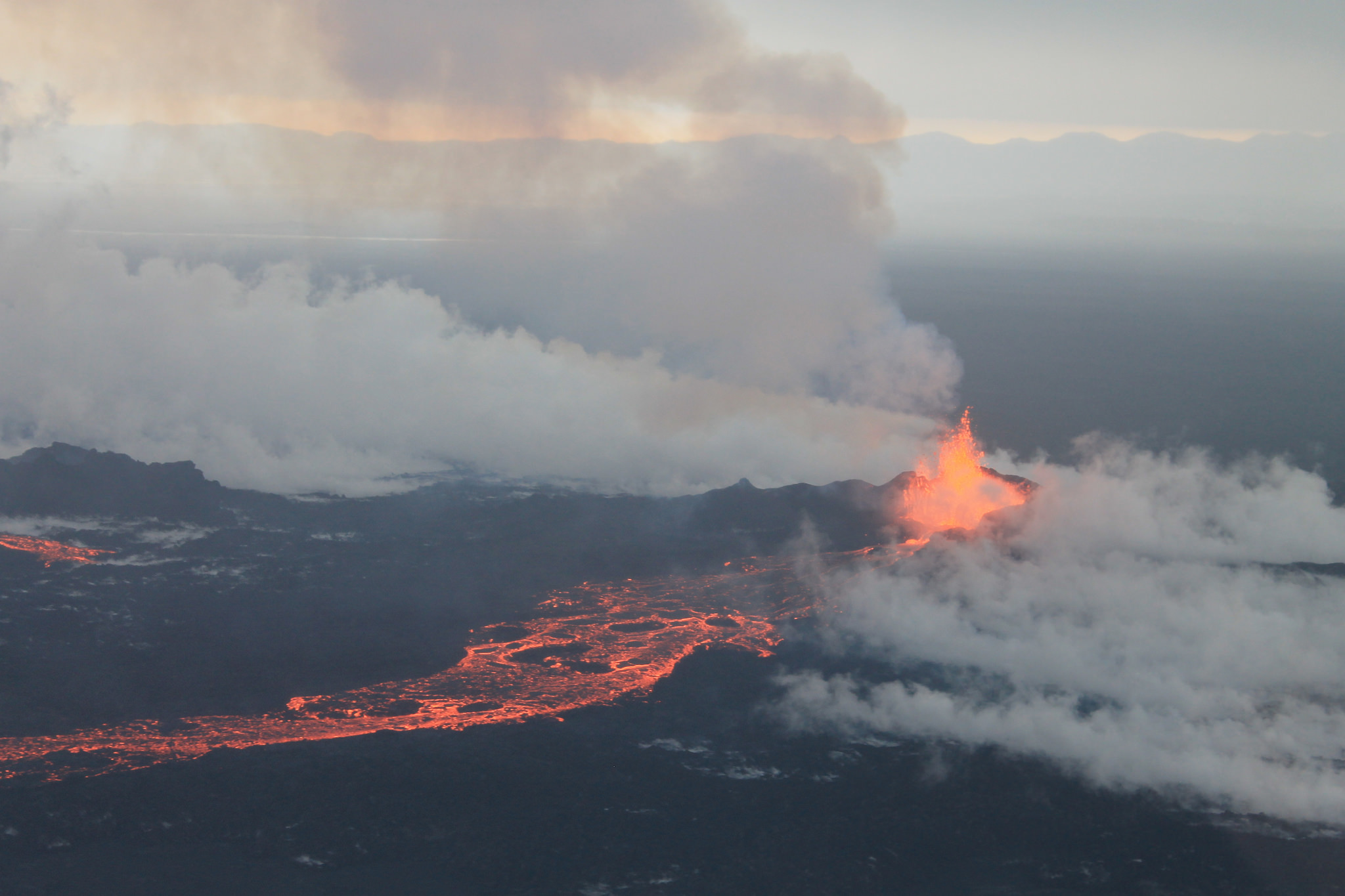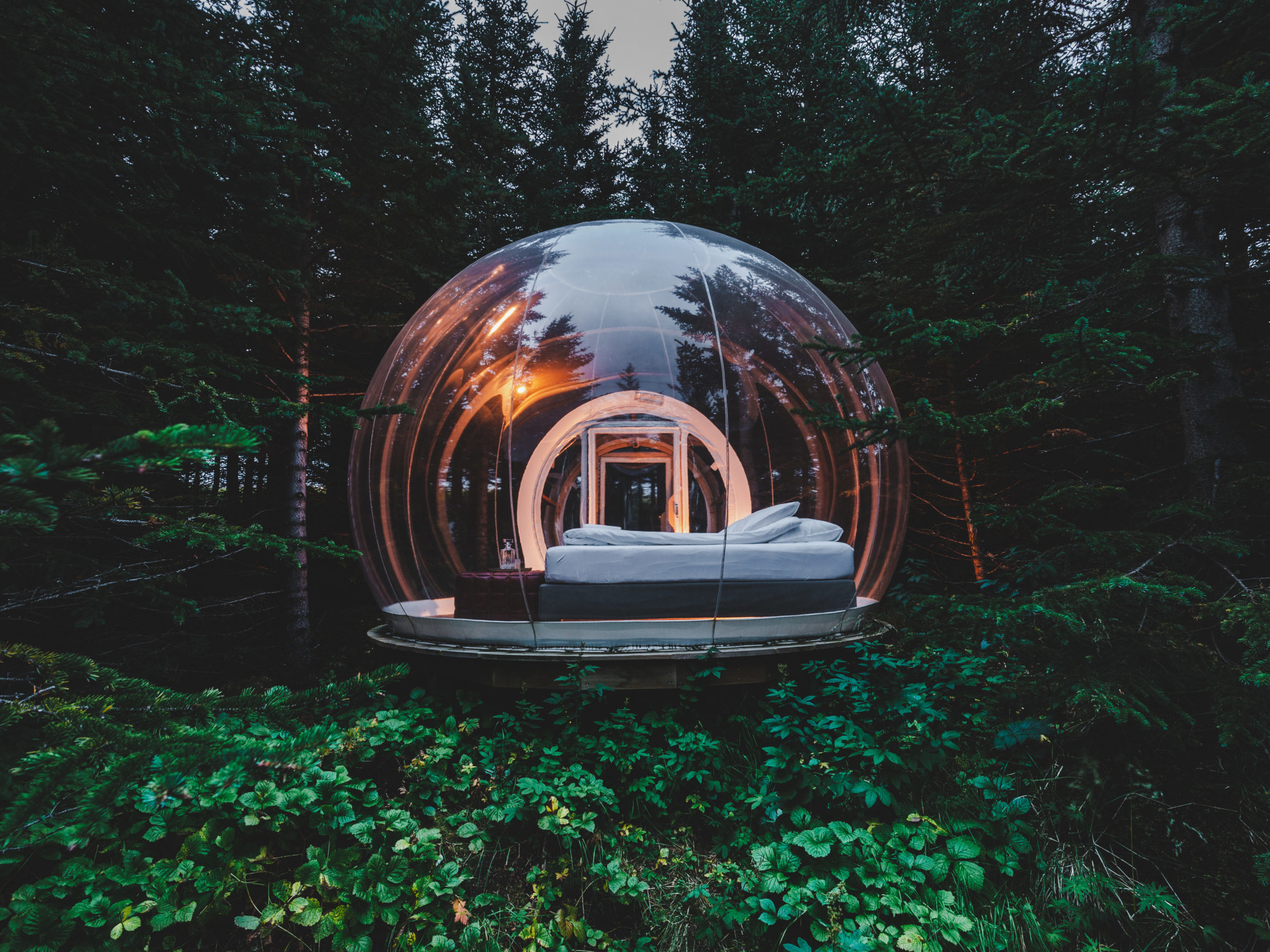Drilling into a volcano to find clean energy
Text by Sonia Nicolson
We live in a world fuelled by dirty fossil fuels but times are changing and we are on the edge of a world that gets its energy from renewable, clean sources. Although geothermal energy is generally considered to be a sustainable source, it is not entirely renewable. The potential renewable and clean energy source are:
Space Based Solar Power
Every hour, more energy reaches us on planet earth than we could use in an entire year. To save this energy, engineers are looking into giant solar farms in space that can collect the solar radiation, mirrors would reflect onto solar collectors and this energy would be beaten back to earth wirelessly. Obviously this project would require a huge budget but doesn’t it sound incredible.
Human Power
Human powered devices already exist, but scientists are working on harvested power generating from normal human movement. Tiny electronics on billions of people means big potential. The idea is that one day, for examples, your phone will be able to change as you are walking down the street or it moves in your hand or as your fingers move on the screen. You can also wear small systems that pass electricity as you move. Human power wont solve the issues of global warming but every bit counts.
Tidal Power
Harnessing the motion of the ocean could power the world a number of times over, which is why so many companies are trying to figure out how. There has been a lot of focus on wind and solar energy so the tidal potential has been a little less explore, until now. Tidal systems are becoming more efficient from hydroelectric turbines to the world first ever desalination plant off the coast of Australia which is producing clean drinking water.
Hydrogen
The element Hydrogen is very high in energy, an engine that burns pure hydrogen produced almost no pollution. Nasa powered its shuttles and part of the space station with Hydrogen for years. Hydrogen works in combination with other elements such as oxygen. In the 80’s, Russia tested a passenger jet to run on it and more recently, Boeing tried out some small planes fuelled by it. It is possible to put hydrogen into mobile fuel cells in vehicles and they can convert it into electricity. These cars are being manufactured already. Honda is working on a car that can be plugged in to power a house, instead of the current electric powered cars which take energy from the house. The main problems with development is of course cost and a lack of hydrogen stations to refuel.

Photo by peterhartree
Geothermal Heat from Lava
Geothermal, the method of converting the heat that rises from the depths of the molten core of the earth into energy. Geothermal energy currently powers millions of homes around the world. 25% of Icelands energy comes from geothermal technology. The current project looking for clean energy in the volcanos magma has only been tried once before, in Hawaii.
Iceland, where ice and fire meet, has drilled into a volcano in an effort to bolster geothermal clean energy. The energy company HS Orka is leading this project on a site is near the famous Blue Lagoon spa, in the Reykjanes region. Engineers are drilling into the superheated rock until they reach magma deposits in the hope to produce up to 10 times more power than conventional geothermal wells. The drills bore a hole, almost 5000m deep, into the Reykjanes volcano. This volcanic well, with its high temperature and extreme pressure produces ‘supercritical’ steam. The temperature at the bottom of the borehole is expected to be 427’c (800’f) but the team pumped water down into the hole, which the scorching magma instantly vaporised to a record of 500’c (932’f). The hotter the steam, the more energy it generates. The steam then pushes a turbine which creates energy. The steam is neither gas nor liquid but it produces much more energy than either.
This highly pressurised steam should lead to a giant leap in the energy generating capabilities of geothermal technology around the world.
Iceland is the only country in the world with 100% renewable electricity. Geothermal sources provide Iceland with 25% of its total energy needs, and this record breaking project means that Iceland can harness volcanic heat to produce clean energy in a pioneering new project. It could provide Iceland with 10 times more energy than gas or oil extraction. Iceland has been pioneering in geothermal energy, with 85% of its energy supply derived from renewable sources.
Albert Albertsson, an engineer on the project, named ‘Thor’ after the Viking god “to supply electricity and hot water to a city like Reykjavik with 212,000 inhabitants, we would need 30-35 conventional high temperature wells, compared to only three or five supercritical wells.”
Nuclear Waste
Nuclear fission power plants are the traditional reactors and have been in use around the world for decades and provide countries like the USA with 20% of its electricity. However, this method is highly inefficient and actually adds to the nuclear waste. The current system uses light water technology which surrounds the fuel rods with water to slow the neutrons and allows for a sustained nuclear reaction. This however only allows for 5% of the uranium atoms in the rod are used up when the rod has to be removed and adds to the ever growing stock pile of highly radioactive uranium nuclear waste. There appears to be a more efficient way called a fast reactor where the rods are no longer submerged in water but in liquid sodium. This means 95% of the uranium is used, a huge increase from the inefficient 5%. This change in liquid submersion reduces the 77,000 ton waste. The biggest obstacle is the high cost of building new nuclear power plants and political stigma surrounding nuclear energy.
Solar Windows
With production and installs getting cheaper, solar power is taking off. Photovoltaics are popular in Europe with Germany being the leader in this green energy. Researchers at the Los Alamos National Laboratory in New Mexico mad a significant breakthrough in quantum dot solar cell technology. They have been developing highly efficient solar panels that can double as transparent windows. This means that every exposed window can now be converted into a mini power station.
Biofuels
The production of crop-derived ethanol and biodiesel has become a mainstream substitute or supplement to gasoline in cars. The discovery of vast amounts of cheap oil worldwide made the idea of Henry Ford’s Model T running on ethanol just an idea however renewable biofuels are making a strong come back. The main issue is that the currently dominant first generation of biofuels use the same land and resources as farming and growing food therefore driving up the cost of food, causing problems in the developing world. Algae has all the right ingredients to replace oil because its natural oil content is greater than 50% which means it can be easily extracted and processed. The remaining parts of the plant can be converted into electricity, natural gas, fertiliser to help grow even more algae chemical free. Algae grows quickly without the use of farm land or freshwater.
Flying Wind Farms
You may have already seen wind farms and turbines on the horizon but with the Bionic Air Turbine (BAT) floating above the ground, where winds are stronger and more consistent, we could soon be getting energy more efficiently. These flying wind turbines will soon replace the less efficient tower systems and could allow for the construction of offshore wind farms which are costly to build.
Fusion
Nuclear fusion doesn’t create deadly nuclear waste, unlike fission, because it fuses atoms together instead of splitting them apart. This means there is no threat of a runaway reaction that could potentially lead to a meltdown event. Easier said than done. Nobel Prize winning physicist described fusion as trying to put “the sun into a box. The idea is pretty. The problem is, we don’t k ow how to make the box.” Fusion reactions will produce materials that are volatile and hot that it will damage the reactor that created it. However, private companies and governments are spending billions on research to try and solve these problems. If these challenges can be solved, fusion could provide virtually limitless energy to power the world.



